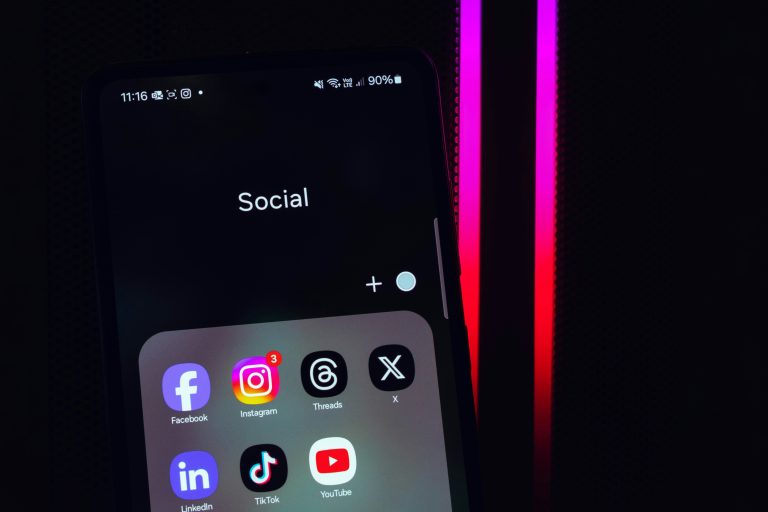Digital Divide in 2025: Are We Any Closer to Closing the Gap
2 What Is the Digital Divide Today?
Originally, the digital divide referred to whether or not people had internet access or digital devices. But in 2025, the concept is broader and more nuanced:
1 Connectivity Quality: A slow, unstable connection is no better than none at all when it comes to remote work, telemedicine, or online learning.
2 Device Access: Not everyone can afford or maintain up-to-date hardware—like laptops, tablets, or AI-capable smartphones.
3 Digital Literacy: Knowing how to use technology effectively is just as important as having access.
4 AI Access & Literacy: The newest dimension of the divide is access to, and understanding of, artificial intelligence tools.
3 Who’s Still Being Left Behind?
While many parts of the world have seen dramatic improvements, millions are still excluded from the digital revolution:
1 Rural communities still lack stable broadband or cellular infrastructure.
2 Low-income families struggle to afford devices and data plans.
3 Elderly populations face digital literacy and accessibility barriers.
4 Developing countries lag behind due to infrastructure, cost, and policy gaps.

4 Progress We’ve Made by 2025
Despite ongoing challenges, there have been significant steps forward:
1 Satellite internet (e.g., Star link) has reached remote areas where traditional networks can’t.
2 5G expansion has improved access in semi-urban and rural regions.
3 Digital public infrastructure and subsidized programs have made devices and internet more affordable.
4 Digital skills training initiatives are growing, especially in schools and community centers.
5 The New Divide: AI & Automation
As AI becomes embedded in daily life—from resumes and job applications to education and health—the new digital divide is increasingly about:
1 Who can use AI tools effectively
2 Who understands how algorithms make decisions
3 Whose data is being used to train those systems
This shift risks creating a second-generation divide: not just between the connected and unconnected, but between the digitally literate and the digitally empowered.
6 What Still Needs to Be Done
To move closer to true digital equity, we need to:
1 Go beyond access: Make technology affordable, relevant, and culturally inclusive.
2 Invest in digital education: Not just for youth, but for adults and seniors too.
3 Prioritize inclusive AI: Build systems that are fair, representative, and accessible.
4 Support local infrastructure: From rural broadband to community tech hubs.

Final Thought
In 2025, we’re not at the finish line—but we’re further along. The gap isn’t just about who has tech anymore—it’s about who can truly use it to improve their lives. Closing the digital divide means empowering everyone to participate fully in the digital future. And that means keeping equity, access, and inclusion at the center of every innovation.
Would you like this tailored for a specific audience (e.g., policymakers, educators, tech industry)? Or turned into a visual format like a carousel, infographic, or slide deck?






